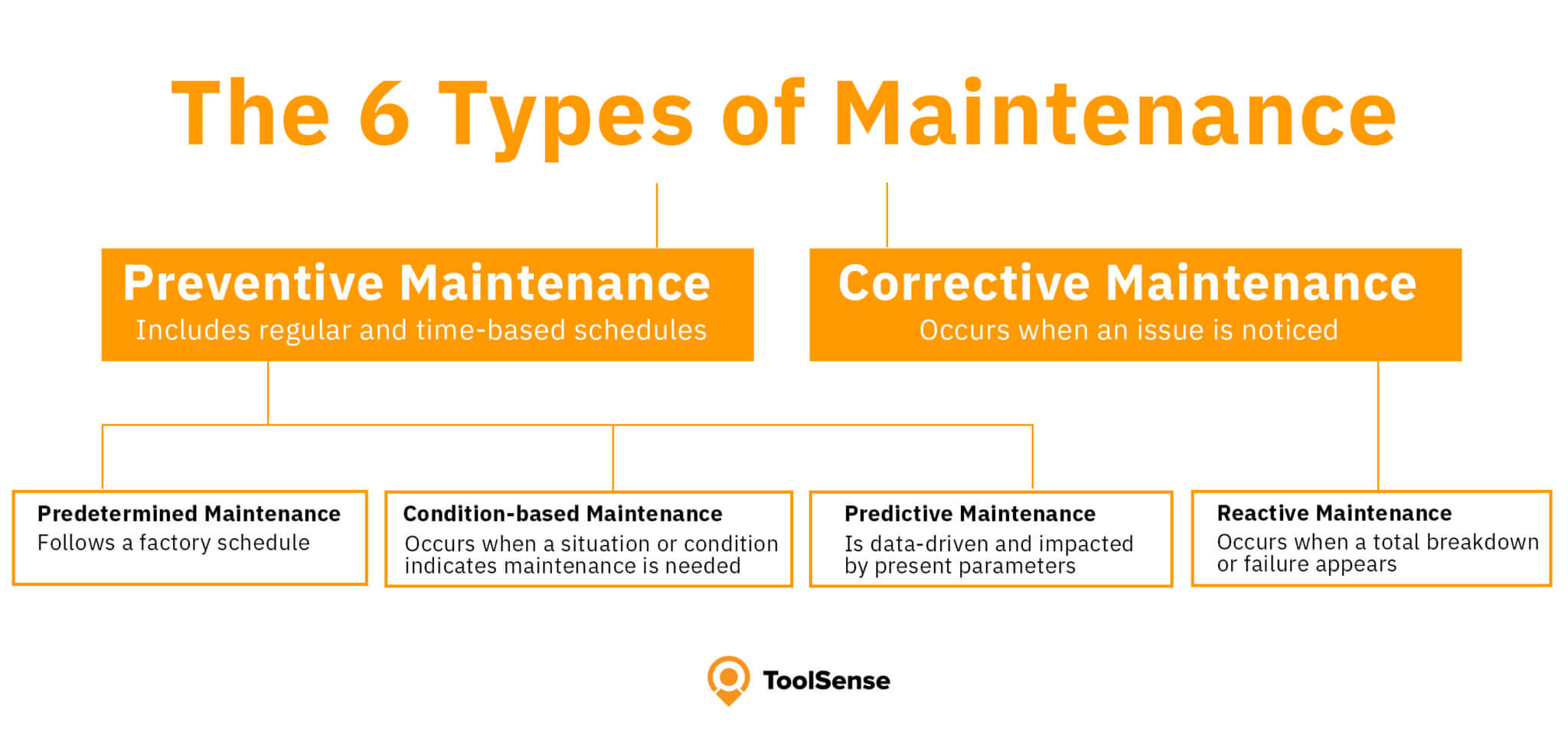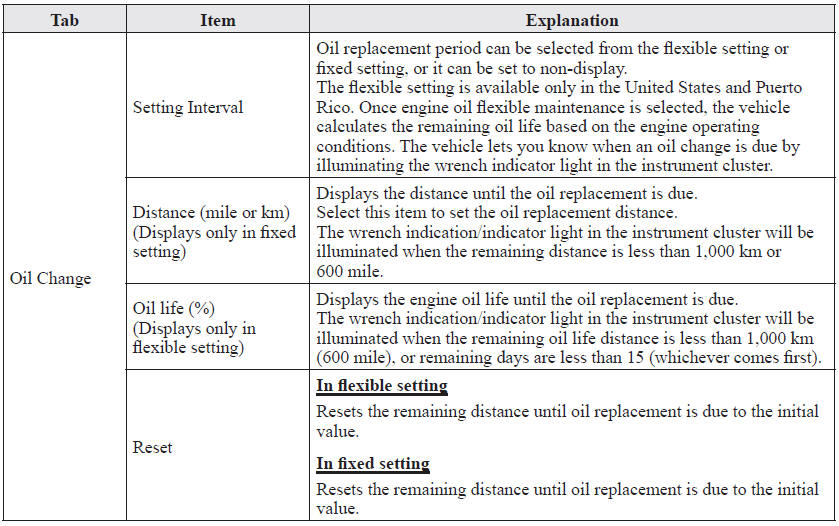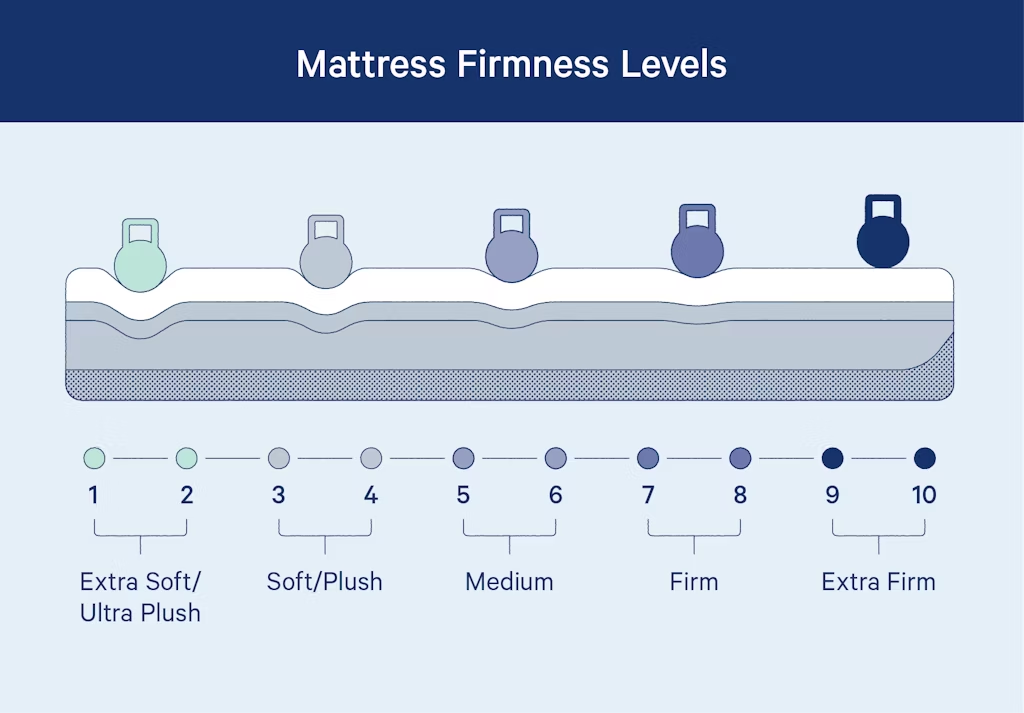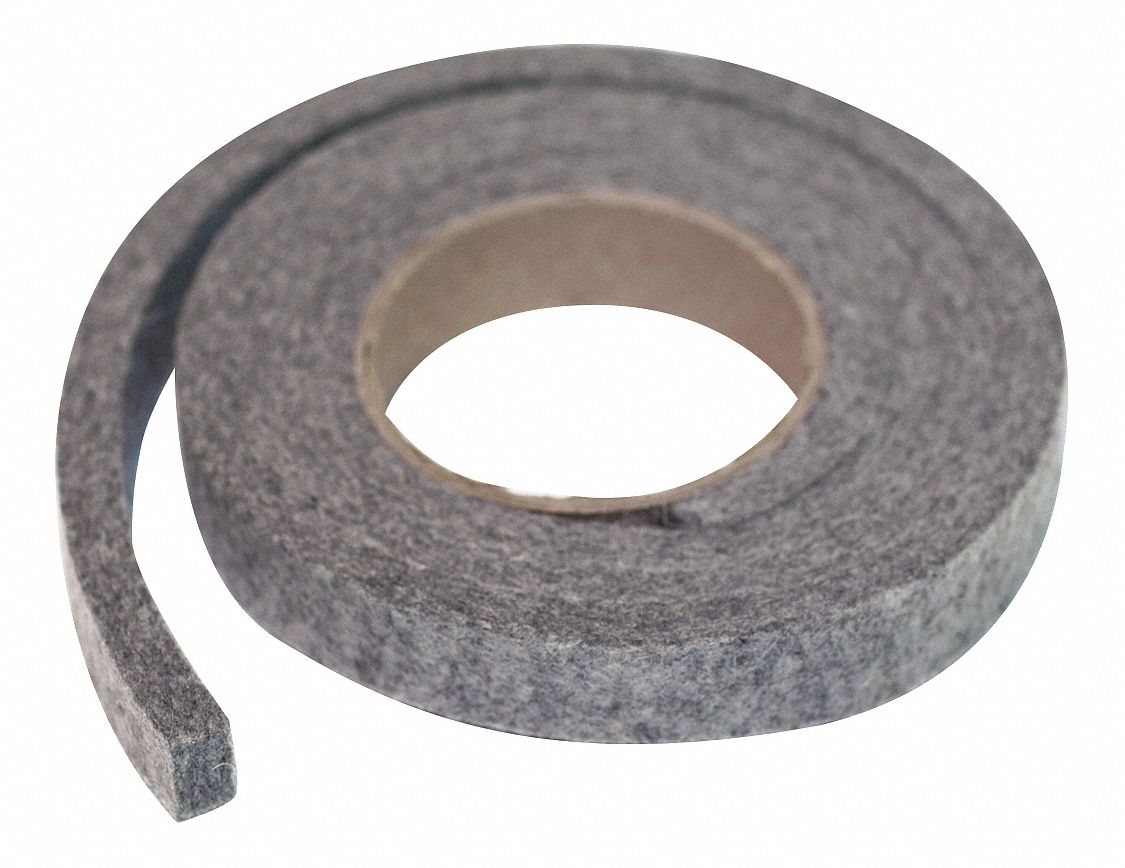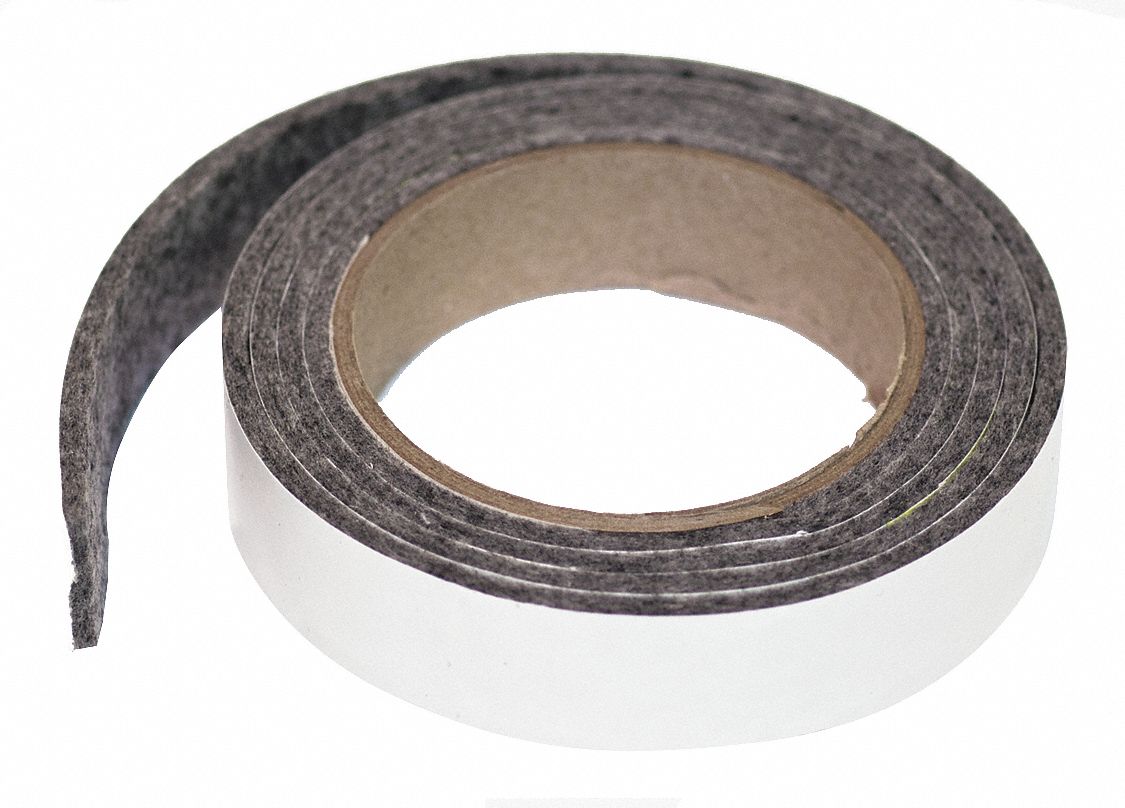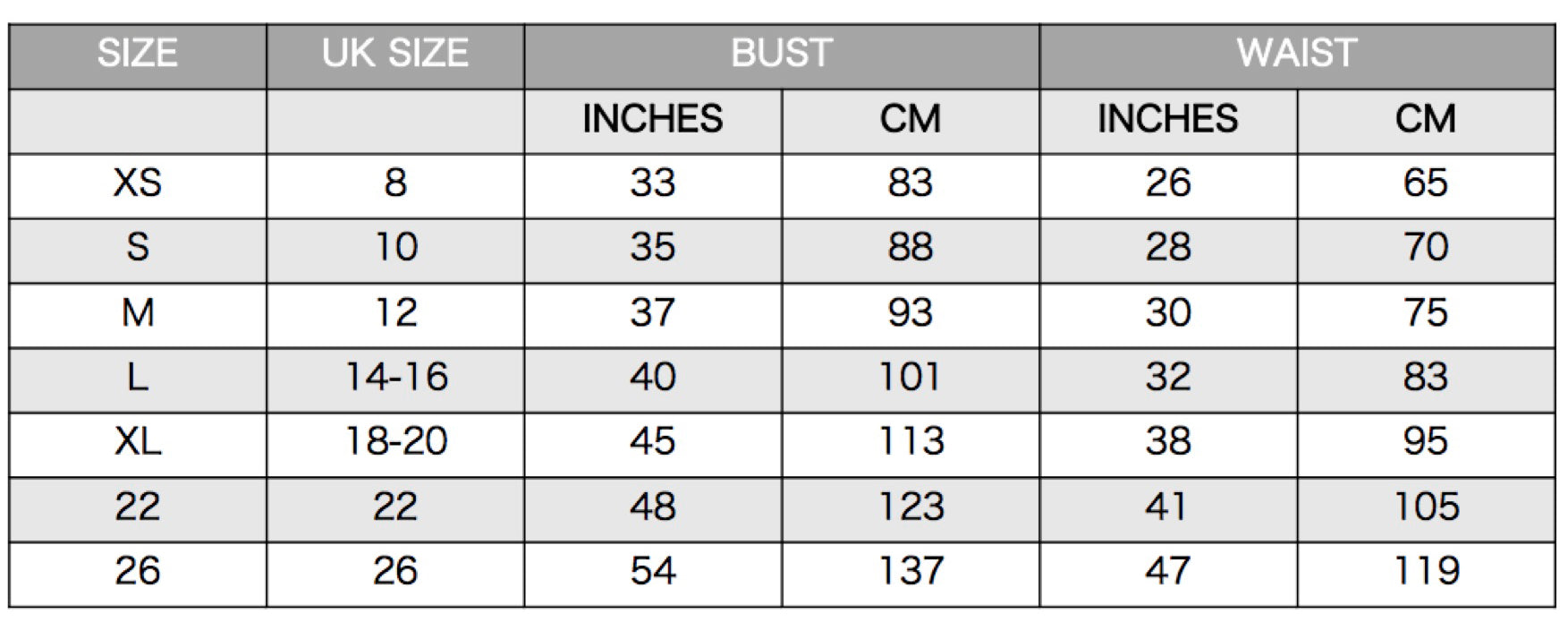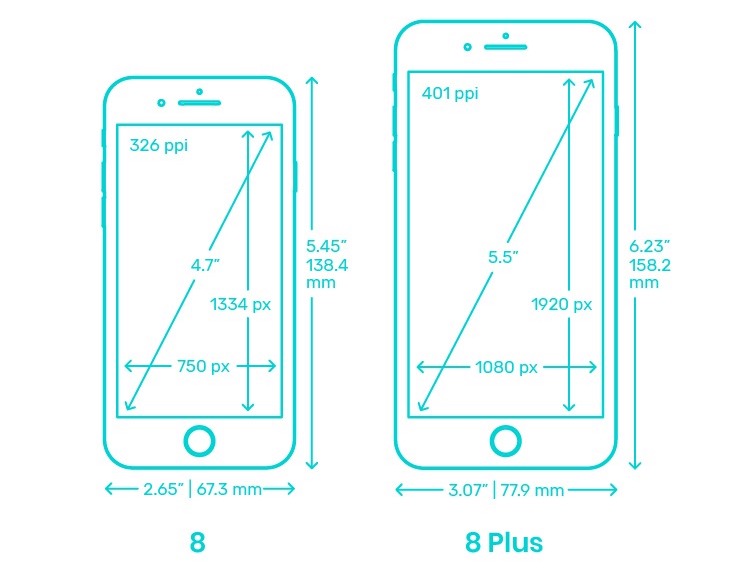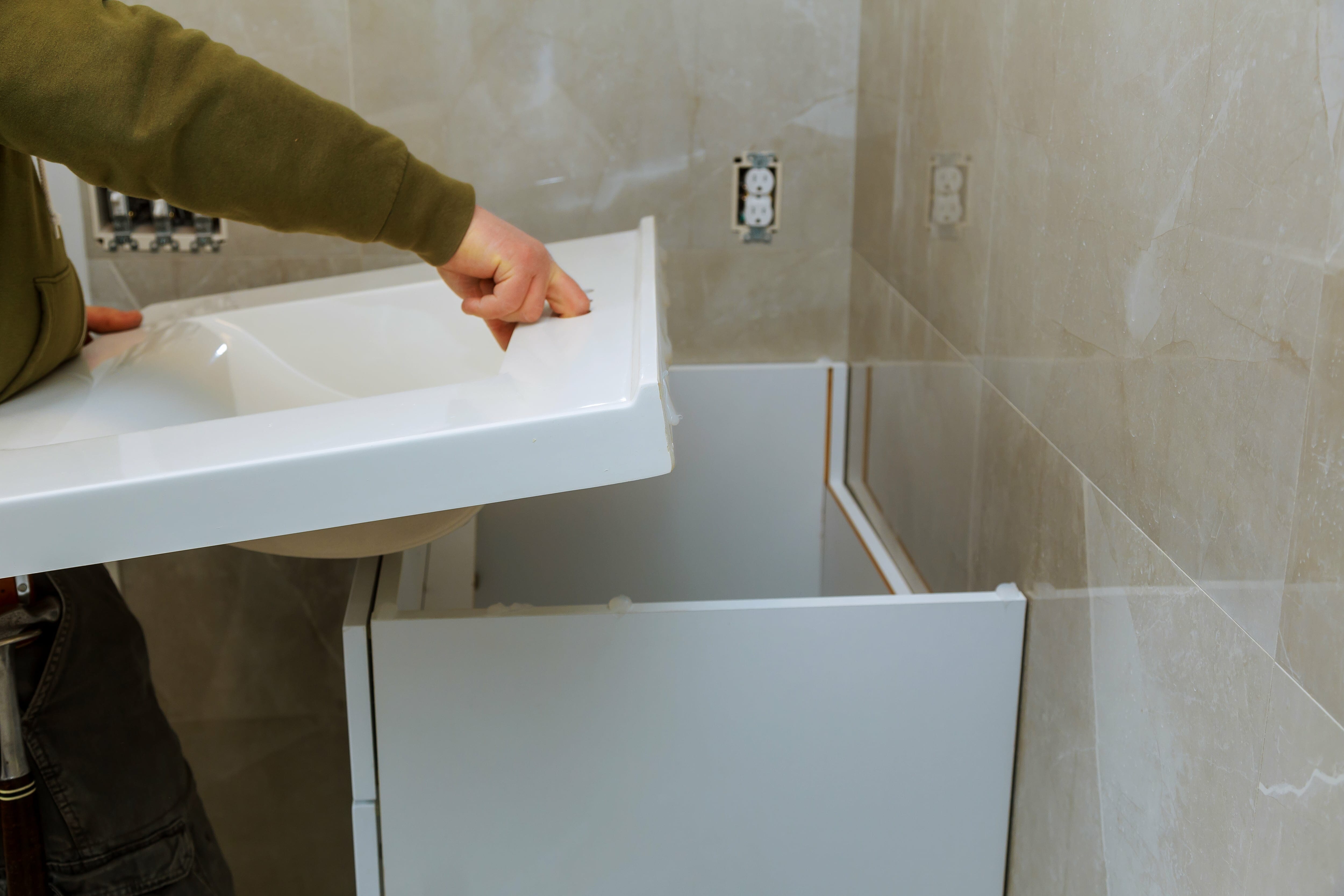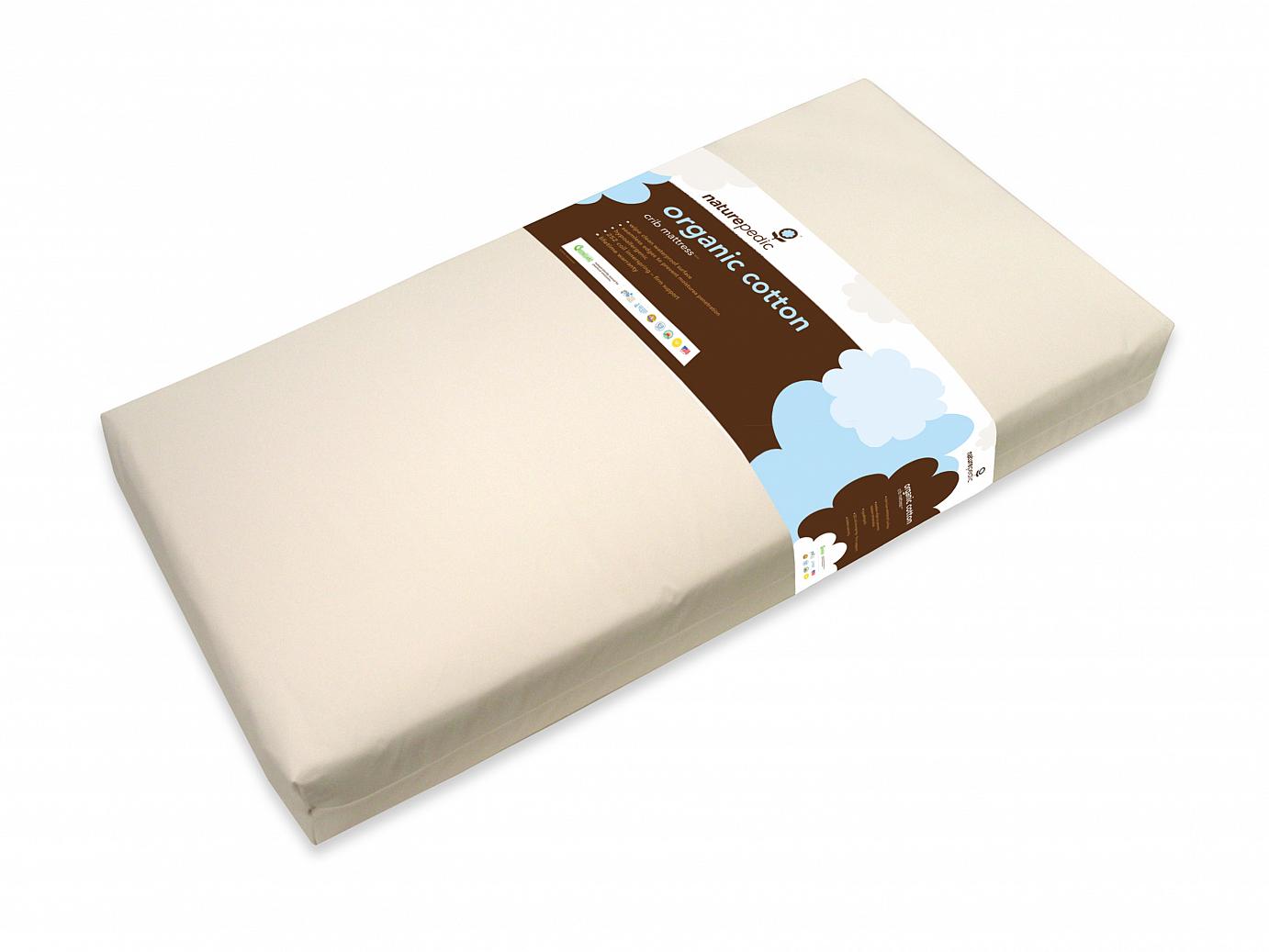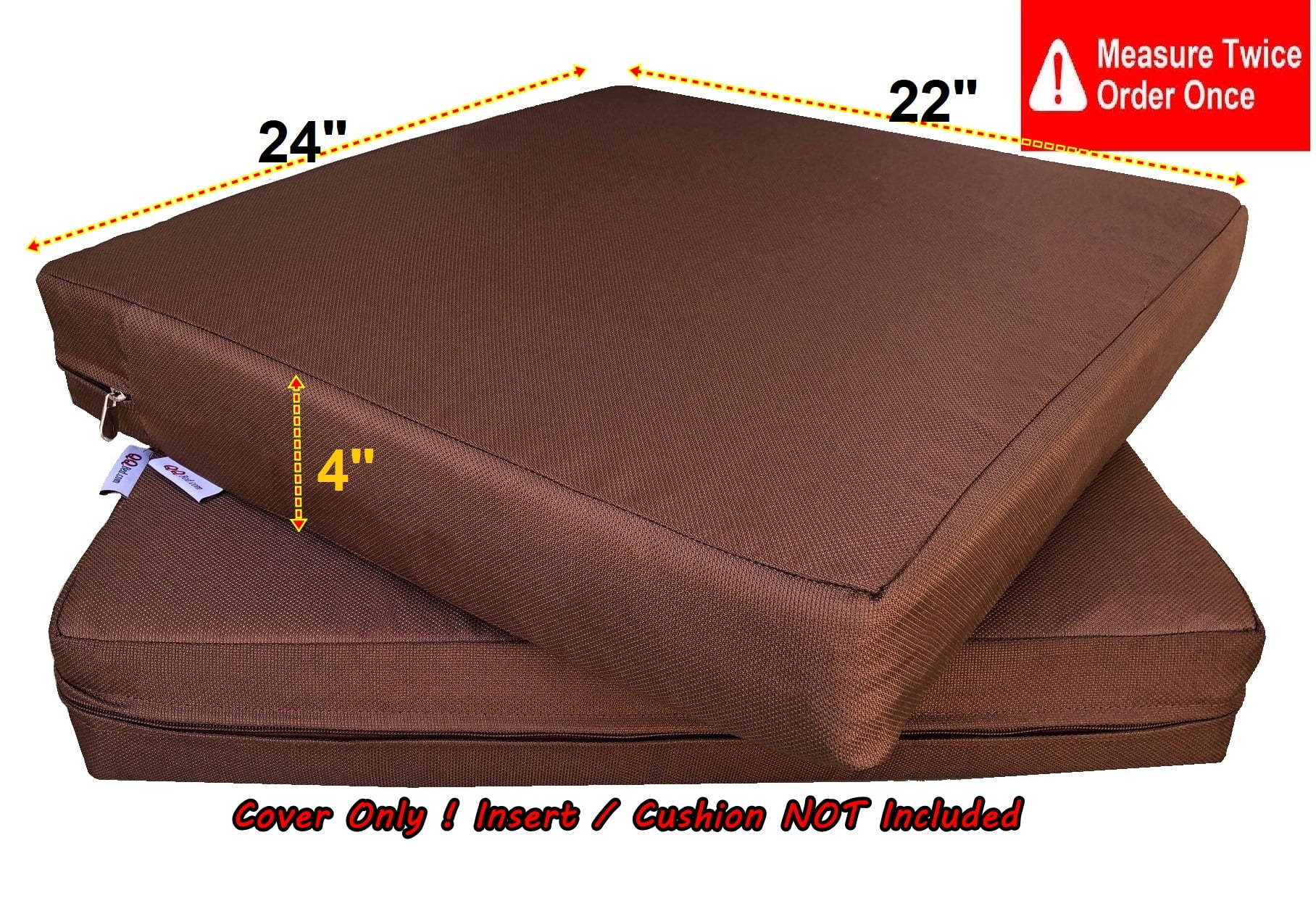1. Comfort
When it comes to comfort, there is a clear difference between an air mattress and a traditional bed. While a bed is typically made with a supportive base and a comfortable mattress, an air mattress relies on air to provide both support and comfort. This means that the level of comfort can vary greatly depending on the amount of air in the mattress and the preferences of the sleeper.
For individuals who prefer a softer sleeping surface, an air mattress may not provide enough cushioning and support, resulting in a less comfortable sleep. On the other hand, those who prefer a firmer surface may find an air mattress to be too hard and uncomfortable.
2. Support
Support is crucial for a good night's sleep, and it is another area where air mattresses and beds differ. Traditional beds are designed with a solid base and a mattress that is specifically chosen to provide the right level of support for the sleeper's body. This support is often consistent and does not change throughout the night.
On the other hand, an air mattress relies on air to provide support, which can be adjusted by adding or removing air. This means that the level of support can change throughout the night, which may not be suitable for individuals who need consistent support for medical reasons or personal preferences.
3. Durability
Durability is an important factor to consider when choosing between an air mattress and a bed. Traditional beds are typically made with high-quality materials and are built to last for many years. With proper care, a bed can last for a decade or more.
On the other hand, air mattresses are not as durable and may not last as long as a traditional bed. The materials used to make air mattresses are often thinner and more prone to punctures or leaks. This means that air mattresses may need to be replaced more frequently, which can be costly in the long run.
4. Price
Price is another significant difference between air mattresses and beds. Traditional beds can vary in price depending on the materials used, brand, and size, but they are generally more expensive than air mattresses.
On the other hand, air mattresses are often more affordable, making them a popular choice for individuals on a budget or those who do not want to invest a lot of money into a bed. However, it is important to keep in mind that air mattresses may need to be replaced more frequently, which can add up over time.
5. Portability
When it comes to portability, air mattresses have a clear advantage over traditional beds. Air mattresses can be deflated and folded up, making them easy to transport and store. This makes them a popular choice for camping trips, sleepovers, or as a temporary bed for guests.
On the other hand, traditional beds are not as portable, as they are typically larger and more difficult to move. This can be a disadvantage for individuals who move frequently or have limited space in their homes.
6. Maintenance
Maintenance is another aspect to consider when deciding between an air mattress and a traditional bed. Traditional beds may require occasional cleaning and rotating of the mattress, but they generally do not need much maintenance.
On the other hand, air mattresses may need more maintenance, such as regular checks for leaks and punctures, as well as occasional re-inflation. This can be a hassle for some individuals, especially those who are not used to maintaining an air mattress.
7. Firmness
Firmness is a personal preference when it comes to sleeping, and it is another area where air mattresses and beds differ. Traditional beds come in a range of firmness options, from soft to firm, allowing individuals to choose the level of support and comfort that works best for them.
On the other hand, air mattresses may have a limited range of firmness options, as the level of firmness is dependent on the amount of air in the mattress. This may not be suitable for individuals who have specific preferences or medical needs.
8. Size
Size is an important consideration when choosing between an air mattress and a traditional bed. Traditional beds come in standard sizes, such as twin, full, queen, and king, making it easy to find the right size for your needs.
On the other hand, air mattresses may not come in as many size options, and the sizes may not be as standard as traditional beds. This can make it challenging to find the right size to fit your needs or your existing bedding.
9. Material
The materials used to make air mattresses and traditional beds also differ. Traditional beds are typically made with high-quality materials, such as wood, metal, and high-density foam, which are known for their durability and comfort.
On the other hand, air mattresses are often made with less durable materials, such as PVC or vinyl, which may not provide the same level of comfort and support as traditional beds. These materials may also have a distinct smell that can be off-putting to some individuals.
10. Sleeping Experience
Overall, the sleeping experience on an air mattress and a traditional bed can be quite different. Traditional beds are known for their comfort, support, and durability, making them a popular choice for a good night's sleep.
On the other hand, an air mattress may not provide the same level of comfort and support, which can result in a less restful sleep for some individuals. However, air mattresses can be a convenient and affordable option for temporary use or for individuals who prefer a firmer sleeping surface.
The Benefits of Choosing an Air Mattress Over a Traditional Bed
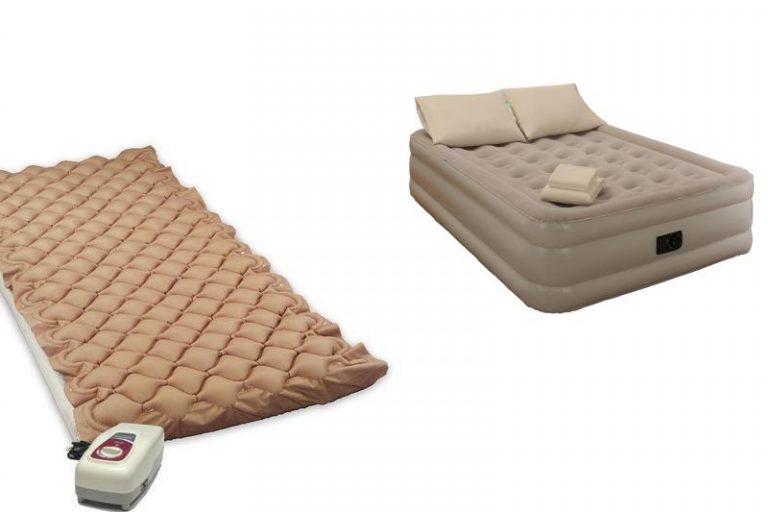
Comfort and Support
 When it comes to comfort and support,
air mattresses and traditional beds offer different experiences
. While traditional beds typically have a set level of firmness, air mattresses allow you to adjust the firmness to your liking. This is especially beneficial for those who have back pain or other specific comfort needs. With an air mattress, you can
customize the level of support
to suit your individual preferences, resulting in a more restful and comfortable sleep.
When it comes to comfort and support,
air mattresses and traditional beds offer different experiences
. While traditional beds typically have a set level of firmness, air mattresses allow you to adjust the firmness to your liking. This is especially beneficial for those who have back pain or other specific comfort needs. With an air mattress, you can
customize the level of support
to suit your individual preferences, resulting in a more restful and comfortable sleep.
Portability and Storage
 One of the biggest advantages of an air mattress is its
portability
. Traditional beds are heavy and difficult to move, making them a less desirable option for those who frequently move or have limited space. On the other hand, air mattresses can be easily deflated and stored away when not in use, making them
convenient for those with small living spaces
. They are also great for camping trips or hosting guests, as they can be easily transported and set up in any room.
One of the biggest advantages of an air mattress is its
portability
. Traditional beds are heavy and difficult to move, making them a less desirable option for those who frequently move or have limited space. On the other hand, air mattresses can be easily deflated and stored away when not in use, making them
convenient for those with small living spaces
. They are also great for camping trips or hosting guests, as they can be easily transported and set up in any room.
Cost-Effective
 In terms of cost, air mattresses are
more budget-friendly
compared to traditional beds. While traditional beds can be a significant investment, air mattresses are relatively affordable and can provide a comfortable sleeping experience without breaking the bank. Additionally, air mattresses tend to have a longer lifespan compared to traditional beds, as they are not subject to wear and tear like traditional mattresses and bed frames.
In terms of cost, air mattresses are
more budget-friendly
compared to traditional beds. While traditional beds can be a significant investment, air mattresses are relatively affordable and can provide a comfortable sleeping experience without breaking the bank. Additionally, air mattresses tend to have a longer lifespan compared to traditional beds, as they are not subject to wear and tear like traditional mattresses and bed frames.
Adjustable Firmness for Couples
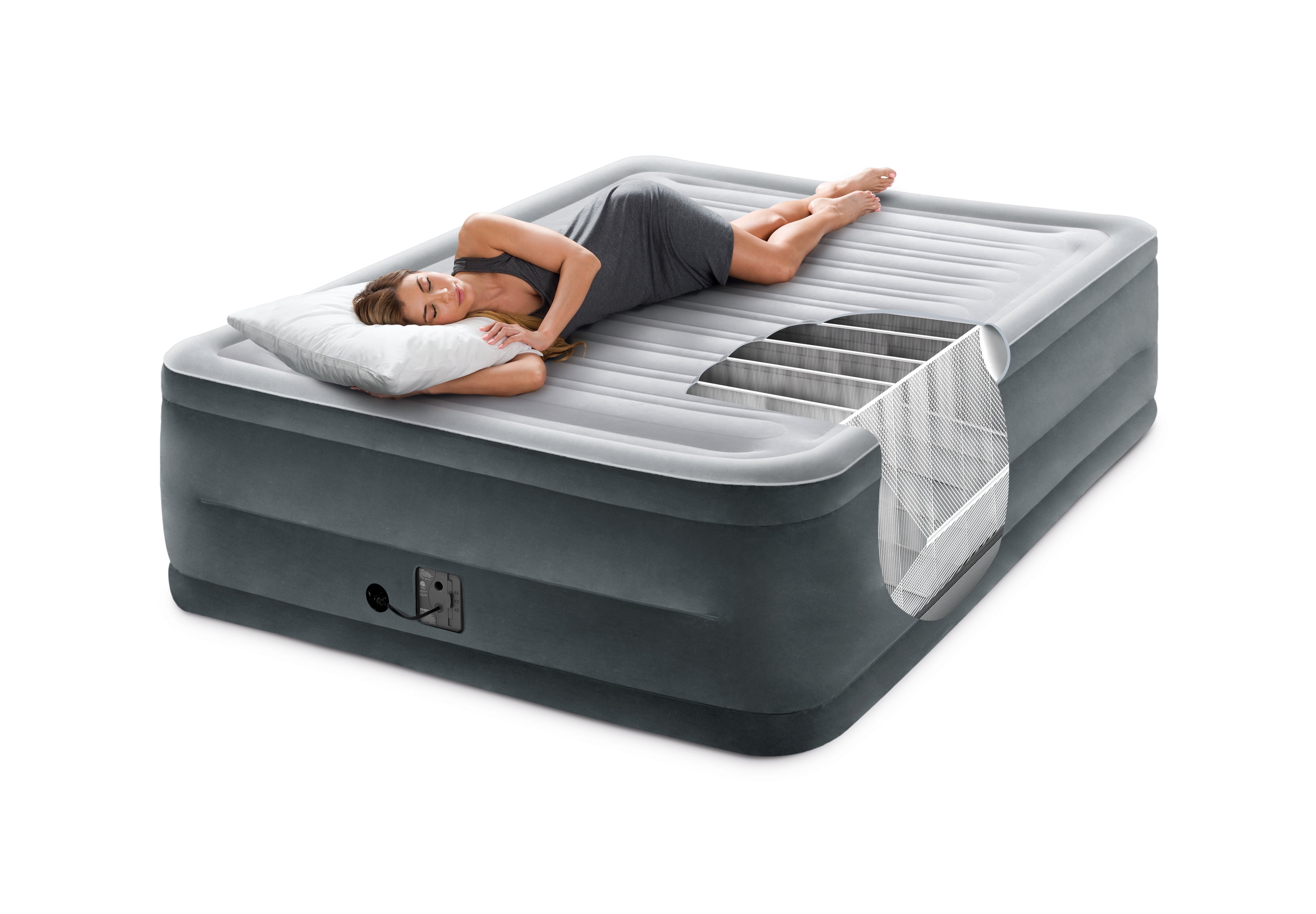 For couples with different comfort preferences, an air mattress can be a
practical solution
. With traditional beds, couples often have to compromise on a level of firmness that works for both of them. However, with an air mattress, each person can adjust the firmness on their side of the bed to their liking. This can lead to a better night's sleep for both individuals and a happier relationship.
In conclusion, while traditional beds have been the go-to choice for many years,
air mattresses offer a variety of benefits
that make them a great alternative. From customizable comfort to portability and cost-effectiveness, air mattresses are a practical and comfortable option for any living situation. Consider these factors when deciding between an air mattress and a traditional bed to find the best fit for your needs.
For couples with different comfort preferences, an air mattress can be a
practical solution
. With traditional beds, couples often have to compromise on a level of firmness that works for both of them. However, with an air mattress, each person can adjust the firmness on their side of the bed to their liking. This can lead to a better night's sleep for both individuals and a happier relationship.
In conclusion, while traditional beds have been the go-to choice for many years,
air mattresses offer a variety of benefits
that make them a great alternative. From customizable comfort to portability and cost-effectiveness, air mattresses are a practical and comfortable option for any living situation. Consider these factors when deciding between an air mattress and a traditional bed to find the best fit for your needs.

















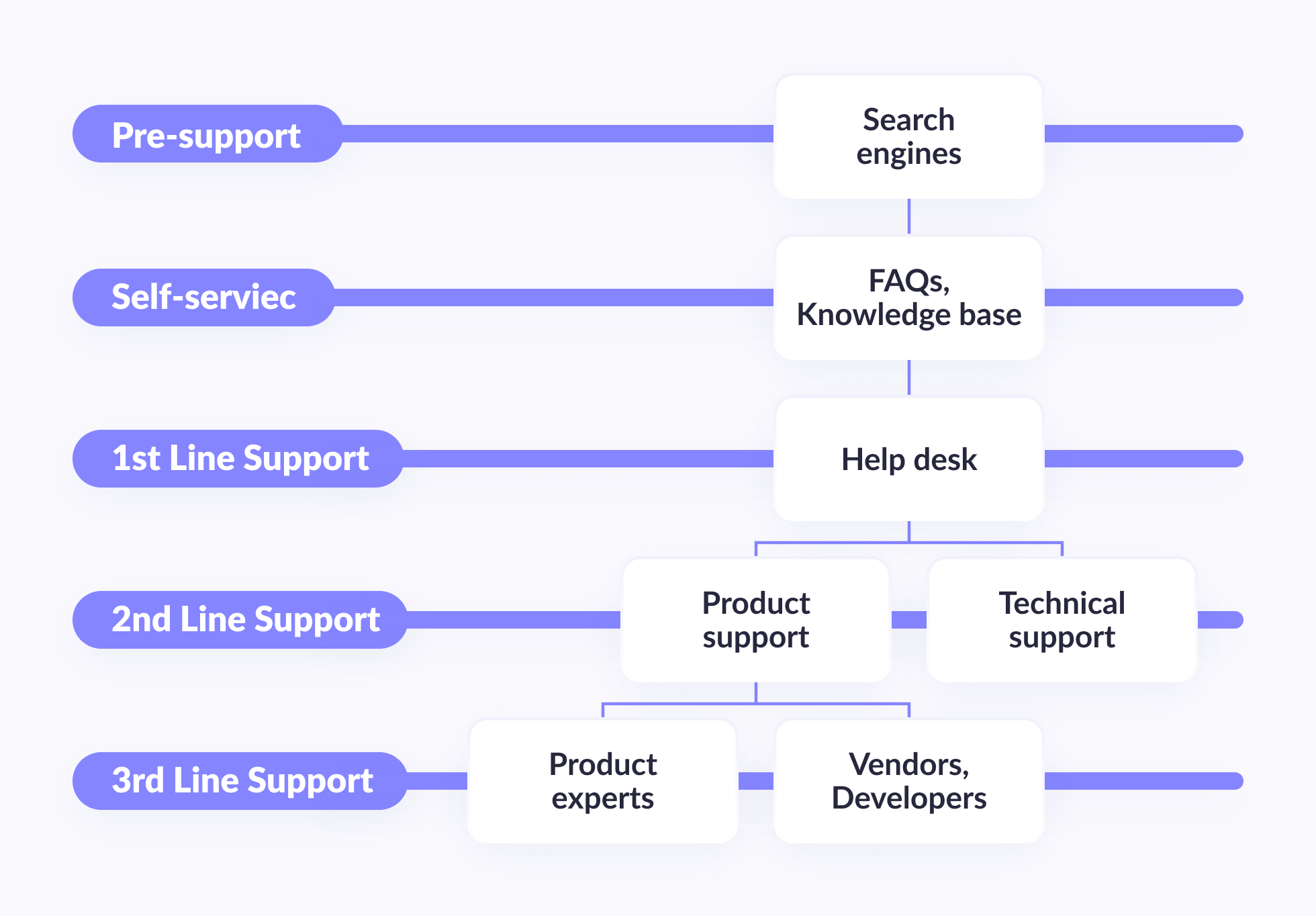



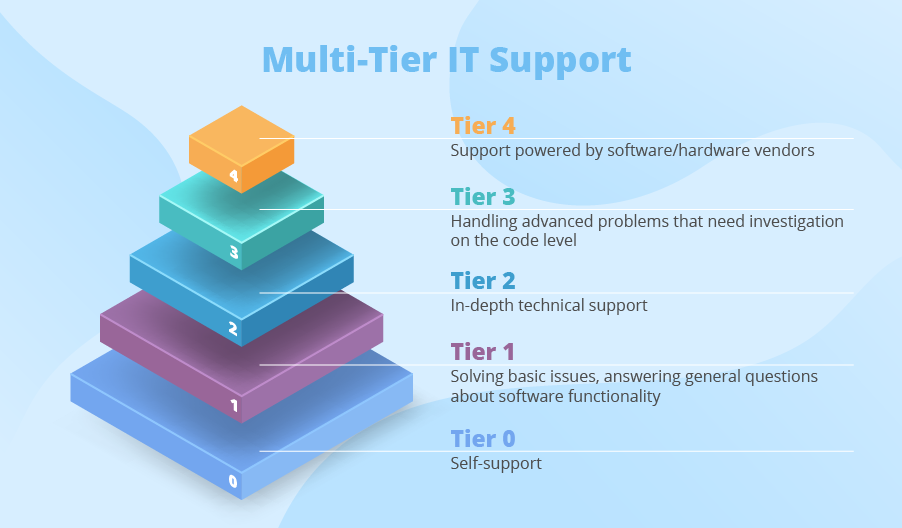





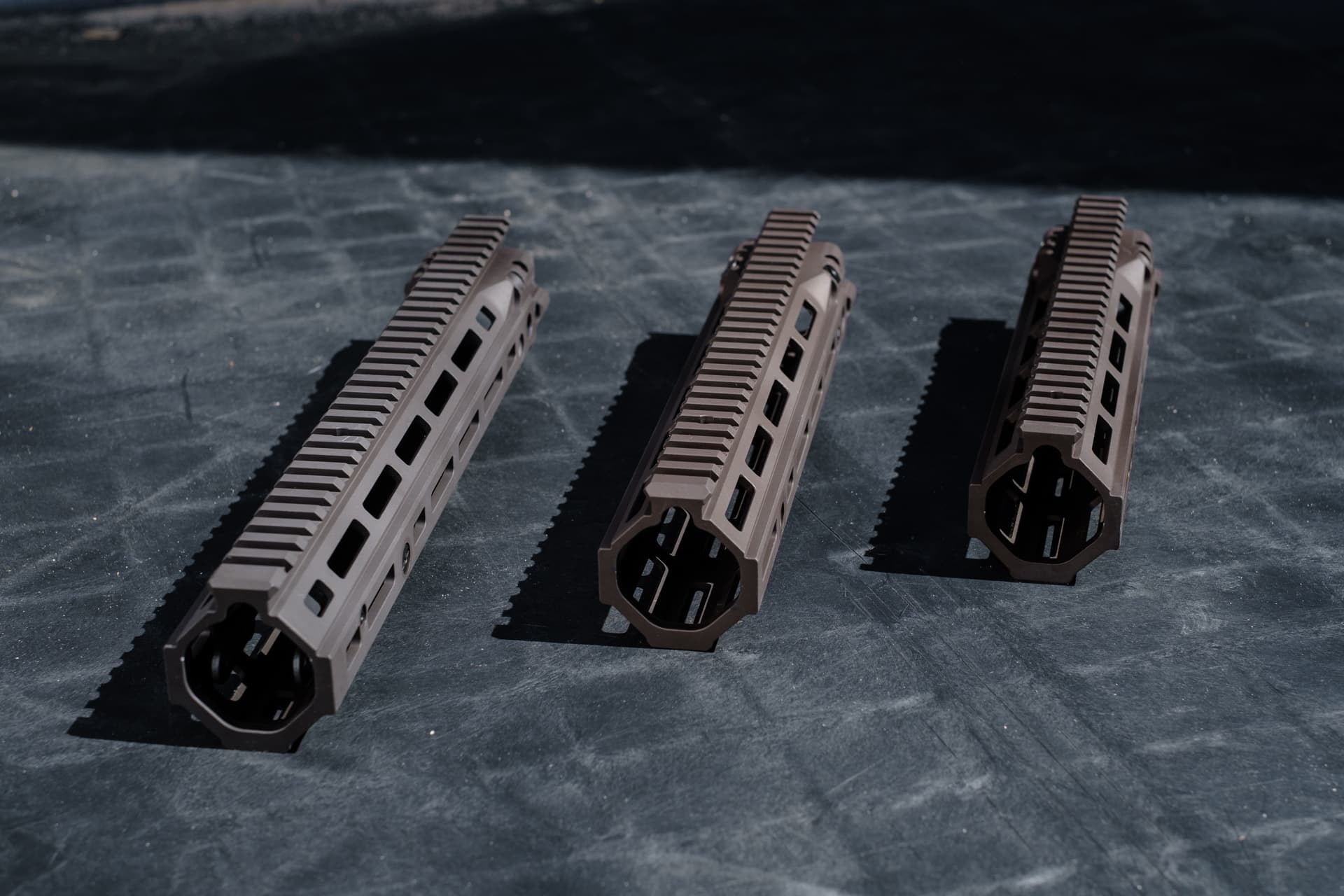














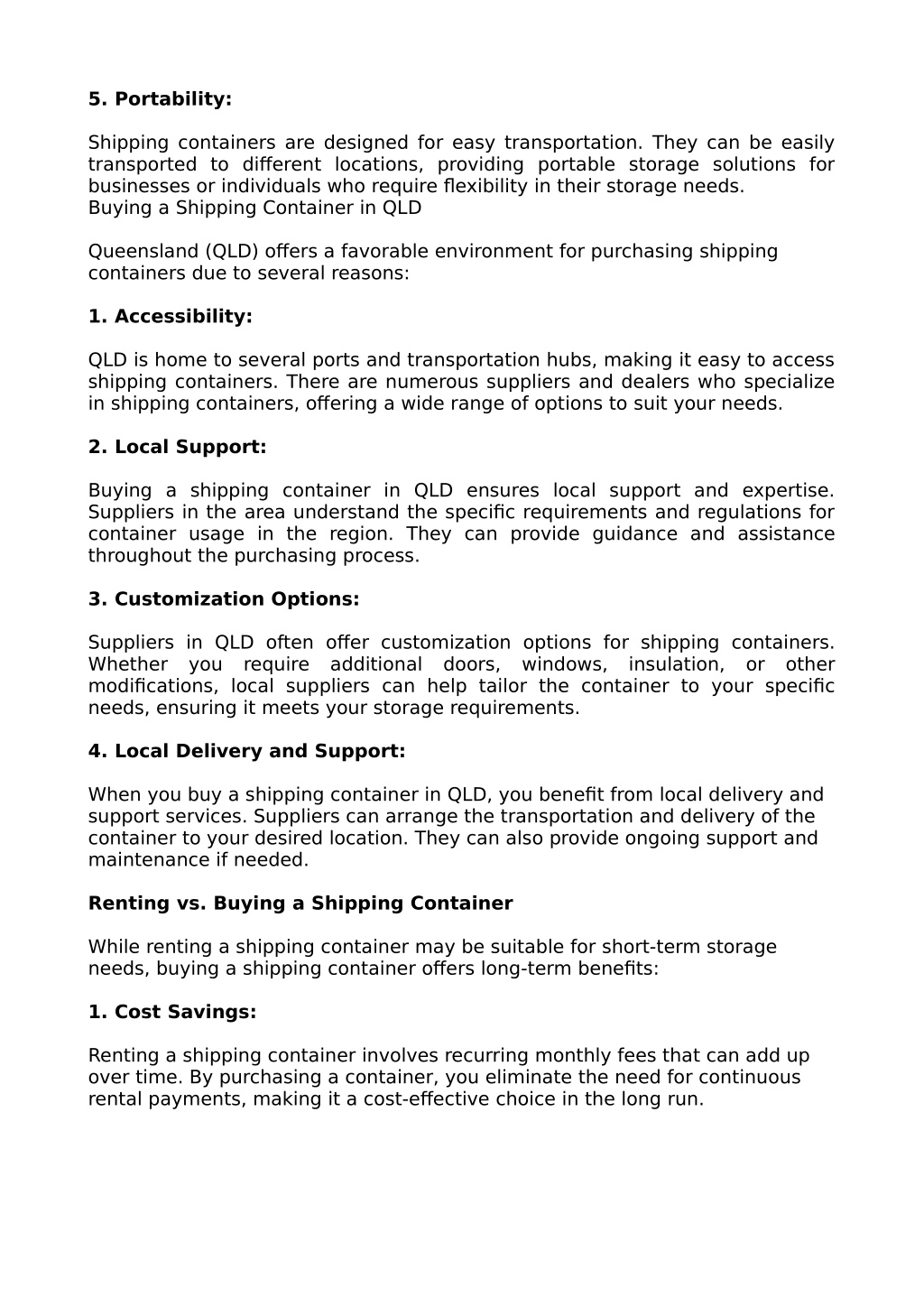










/GettyImages-958875078-f31a14206fdc4227bf48f6783f3f8d4d.jpg)



